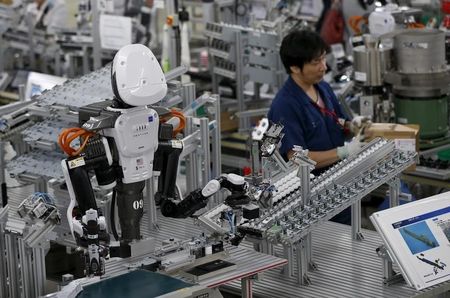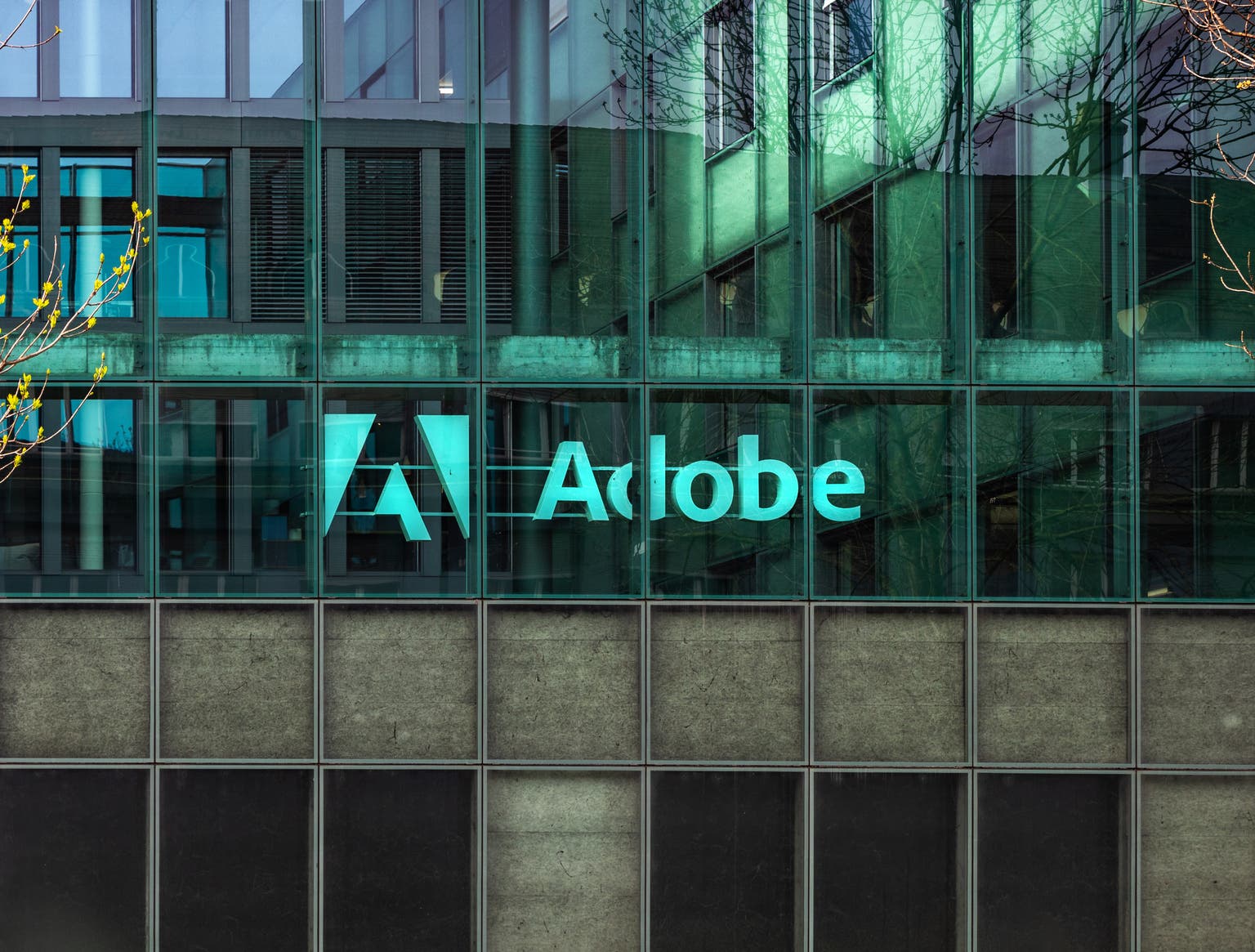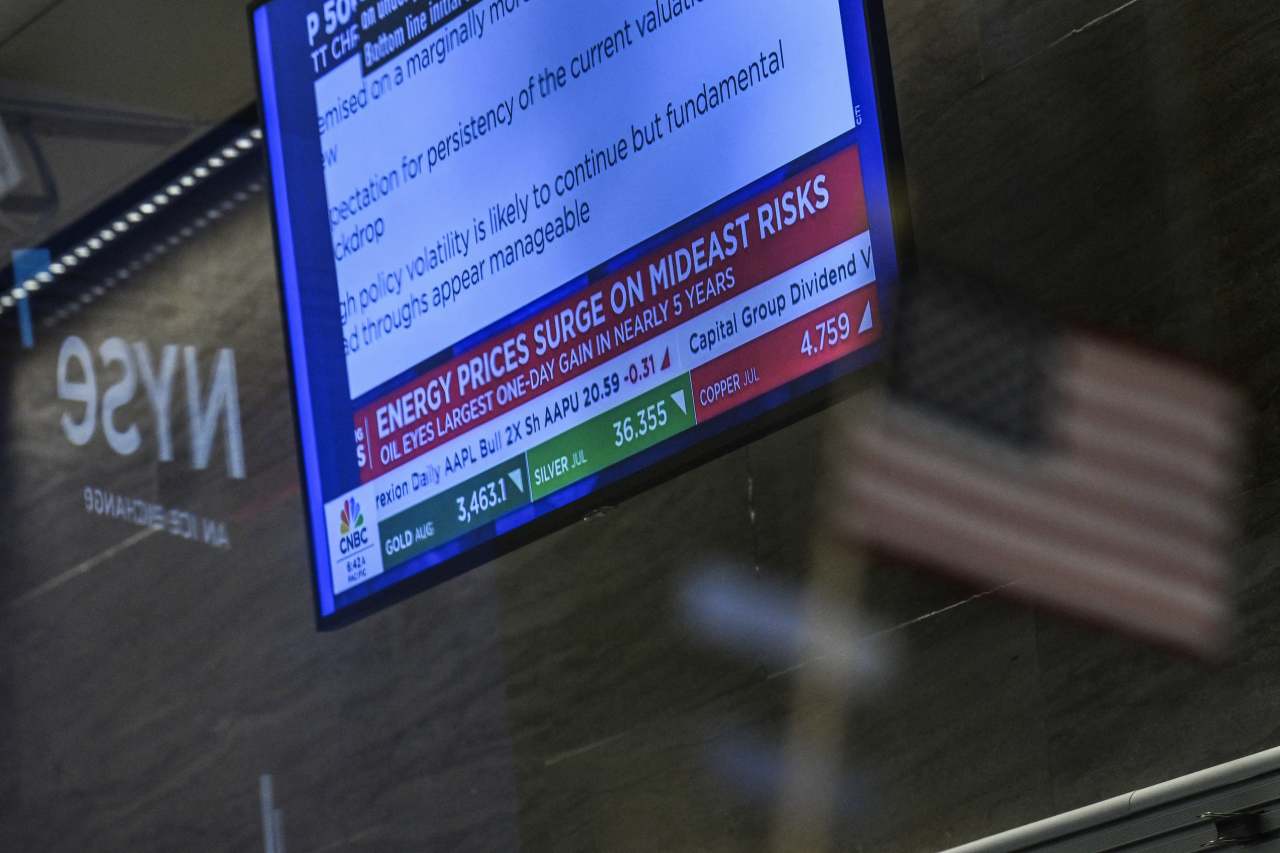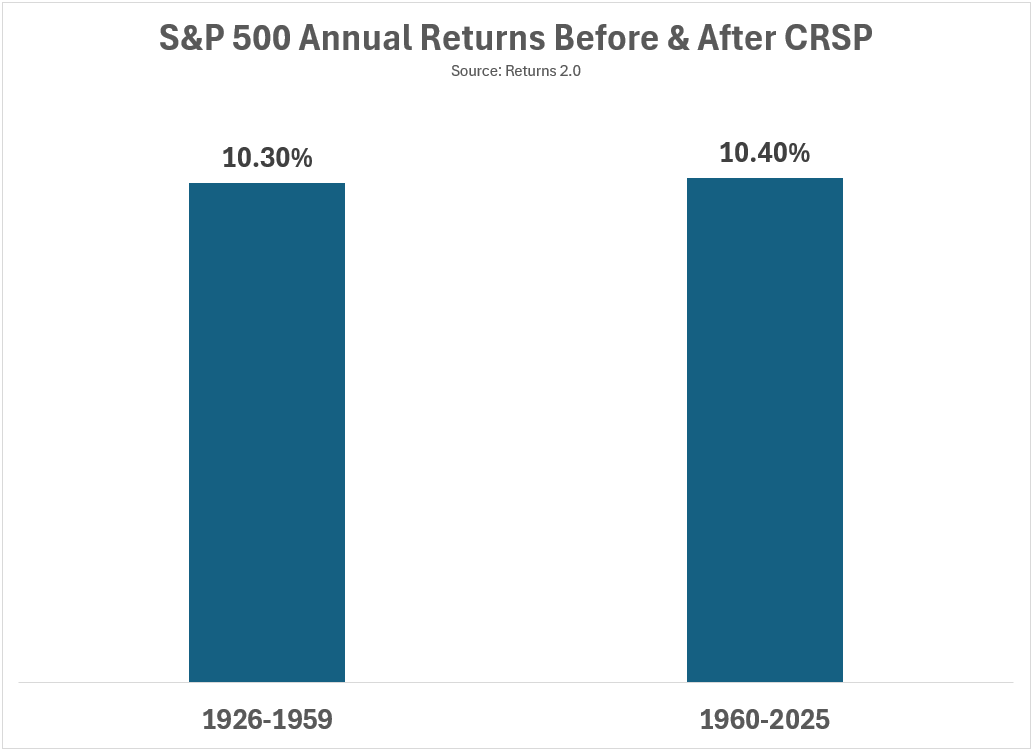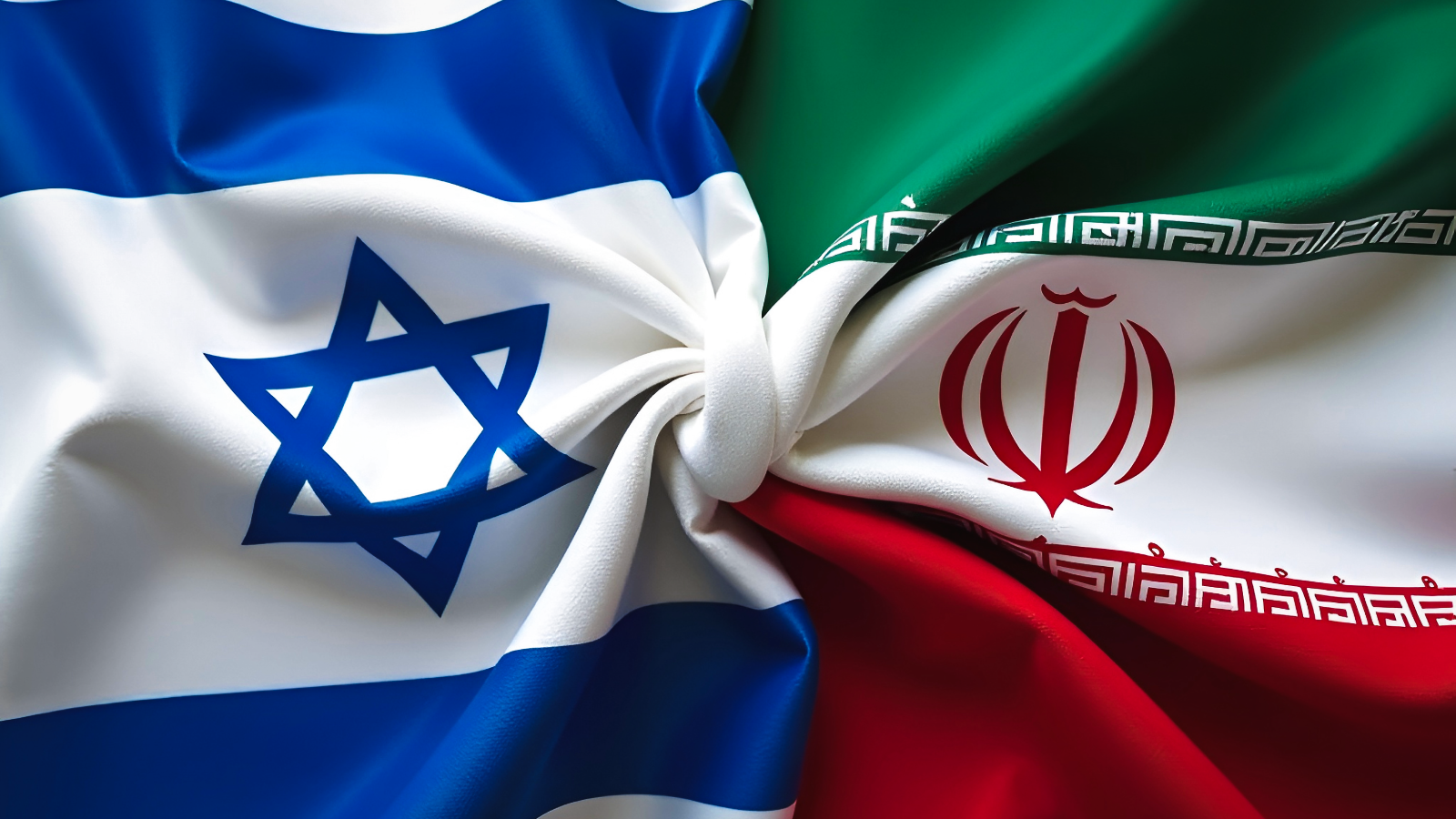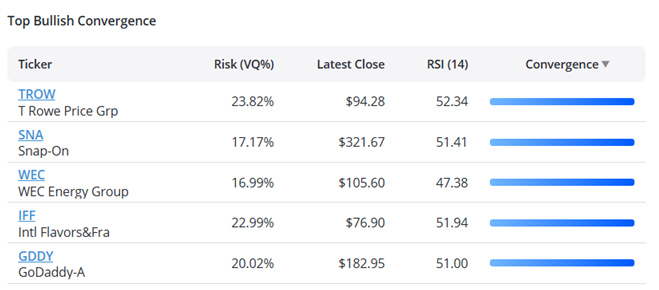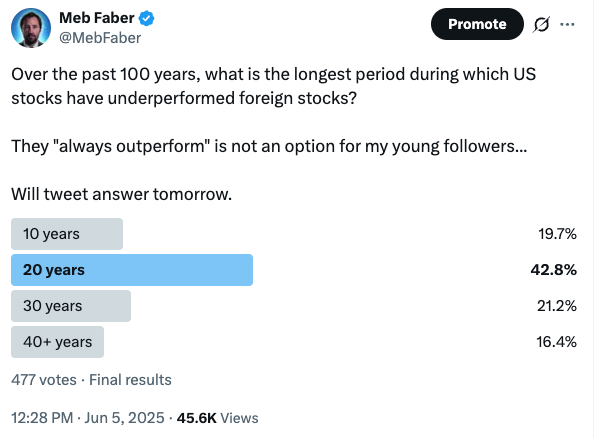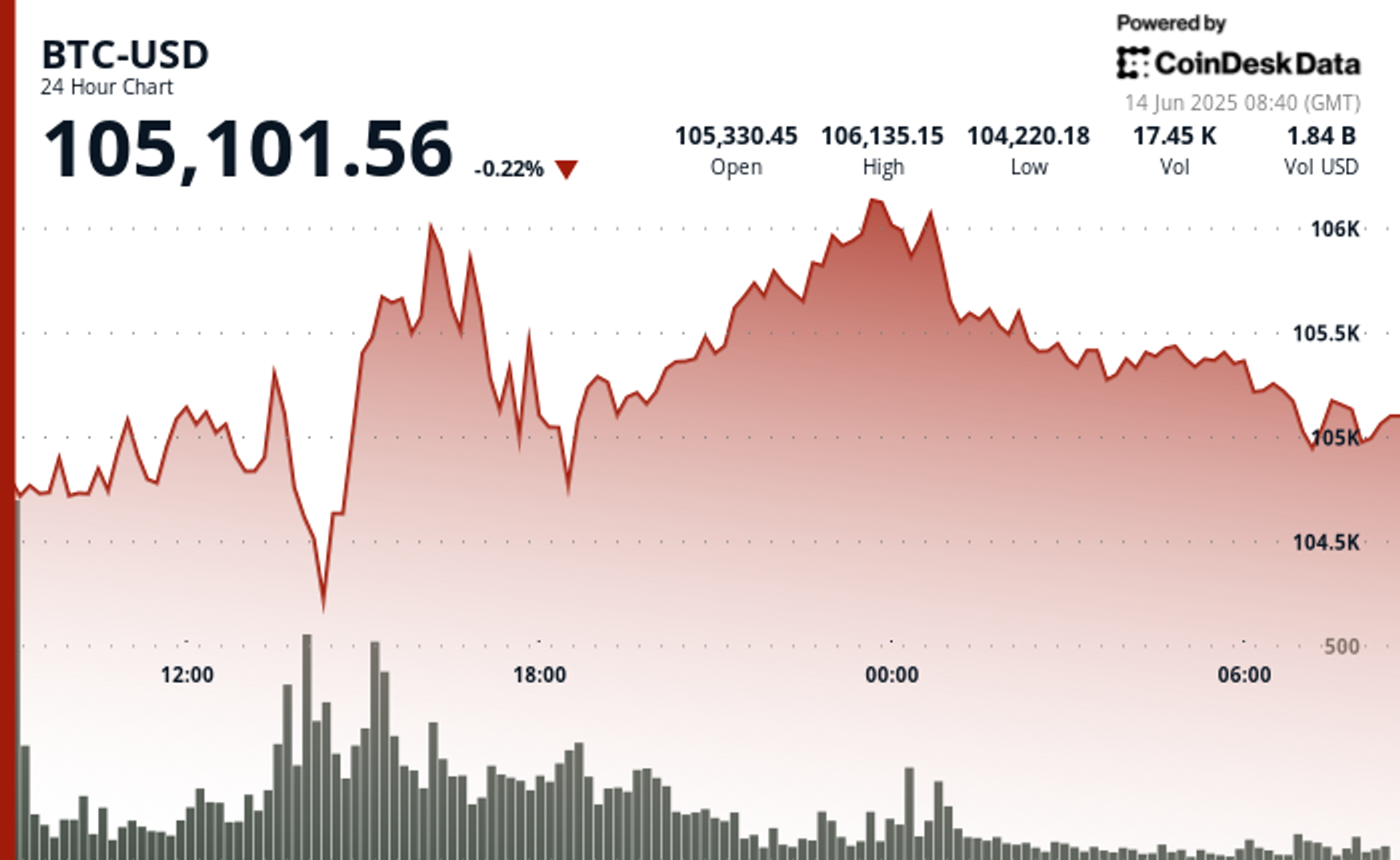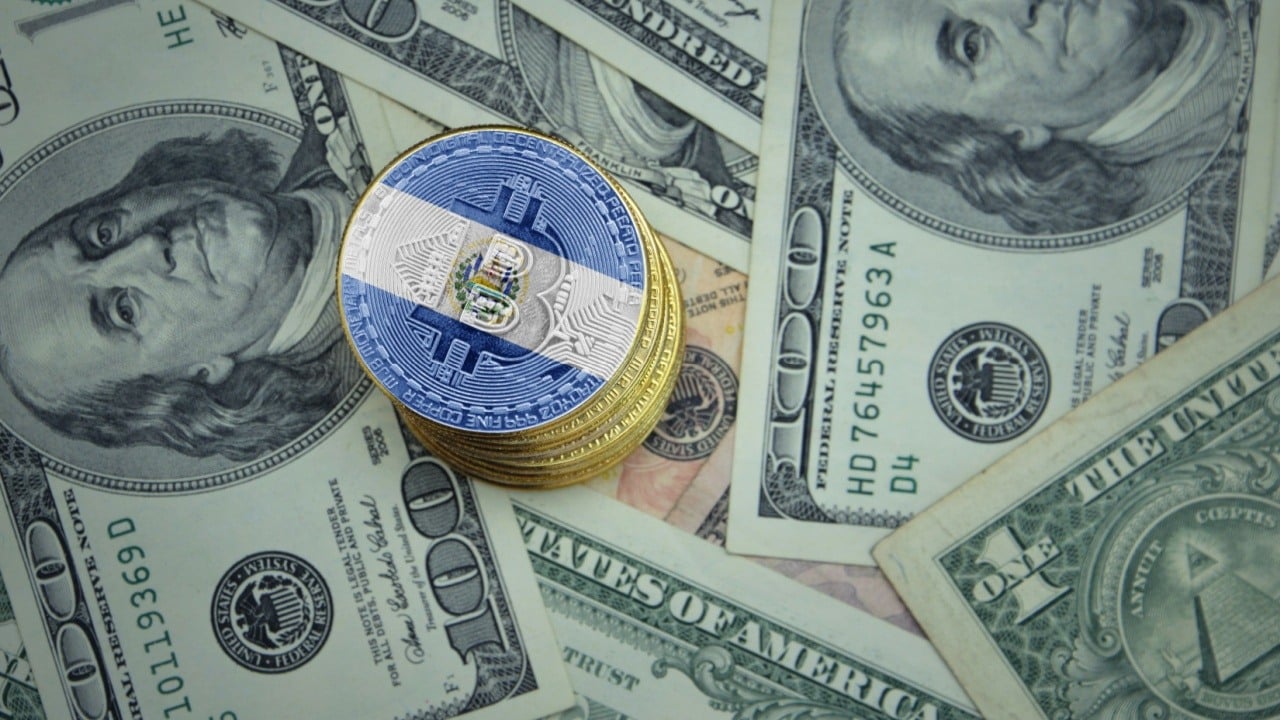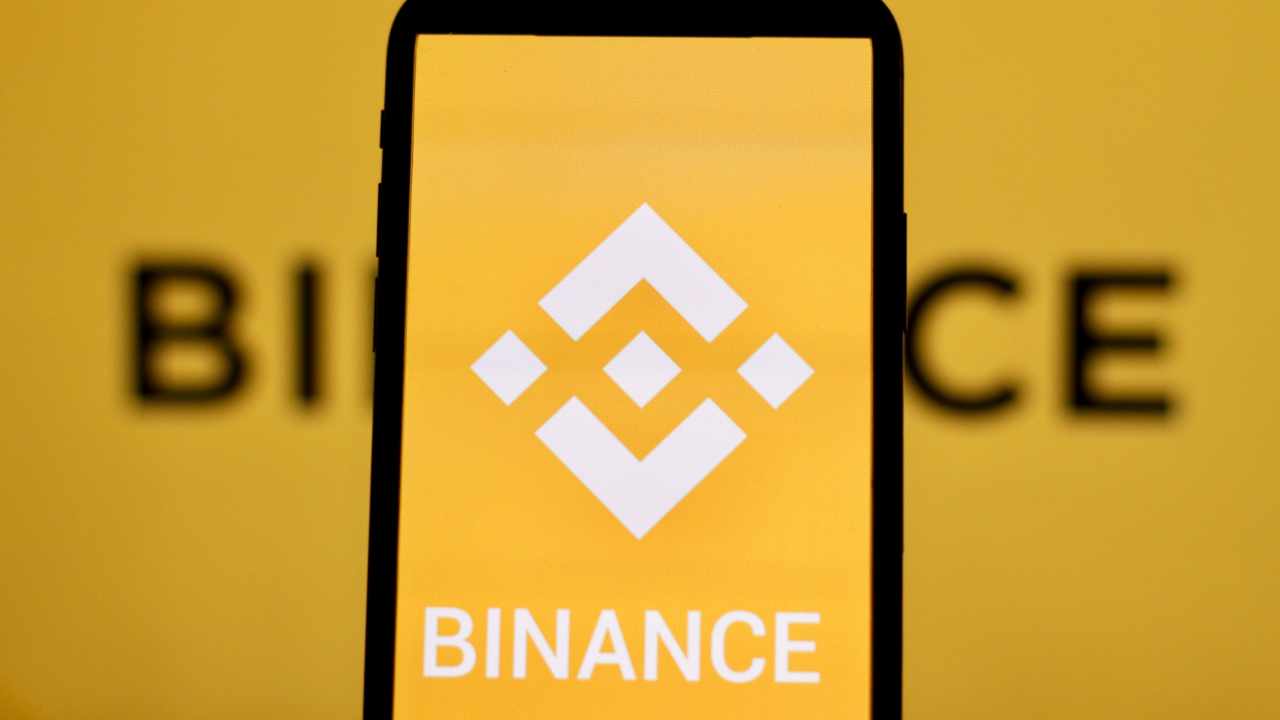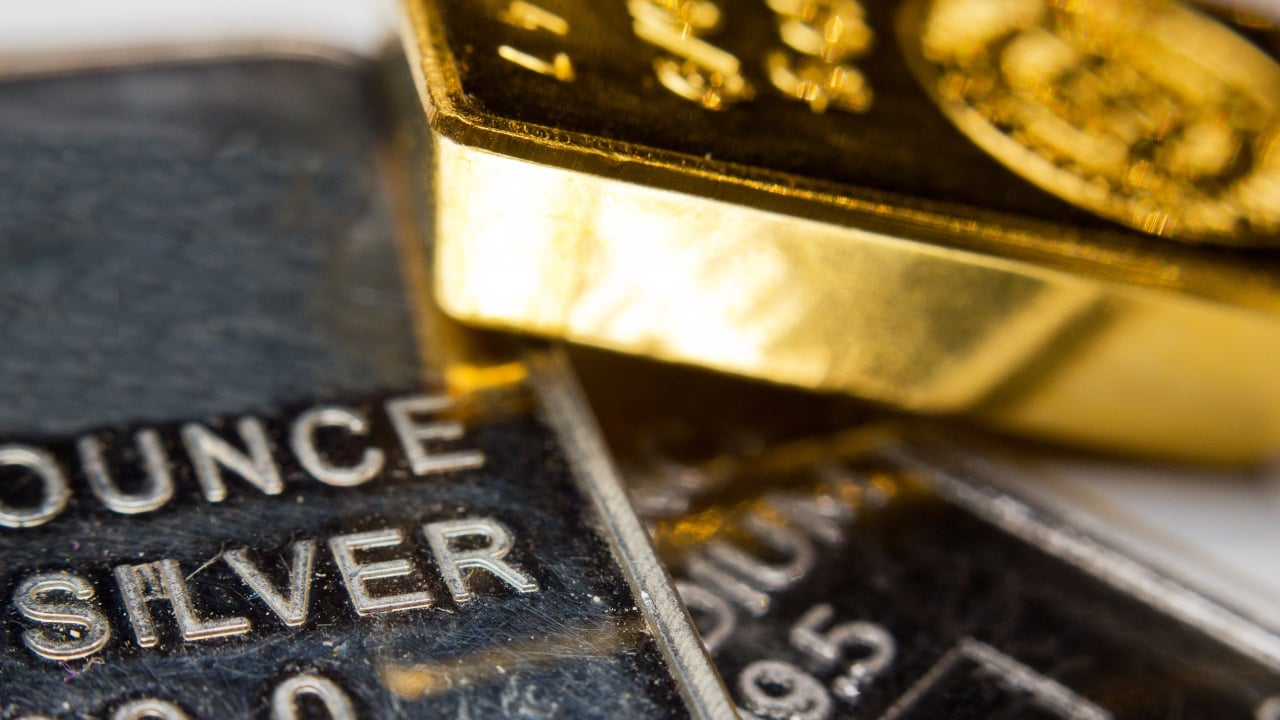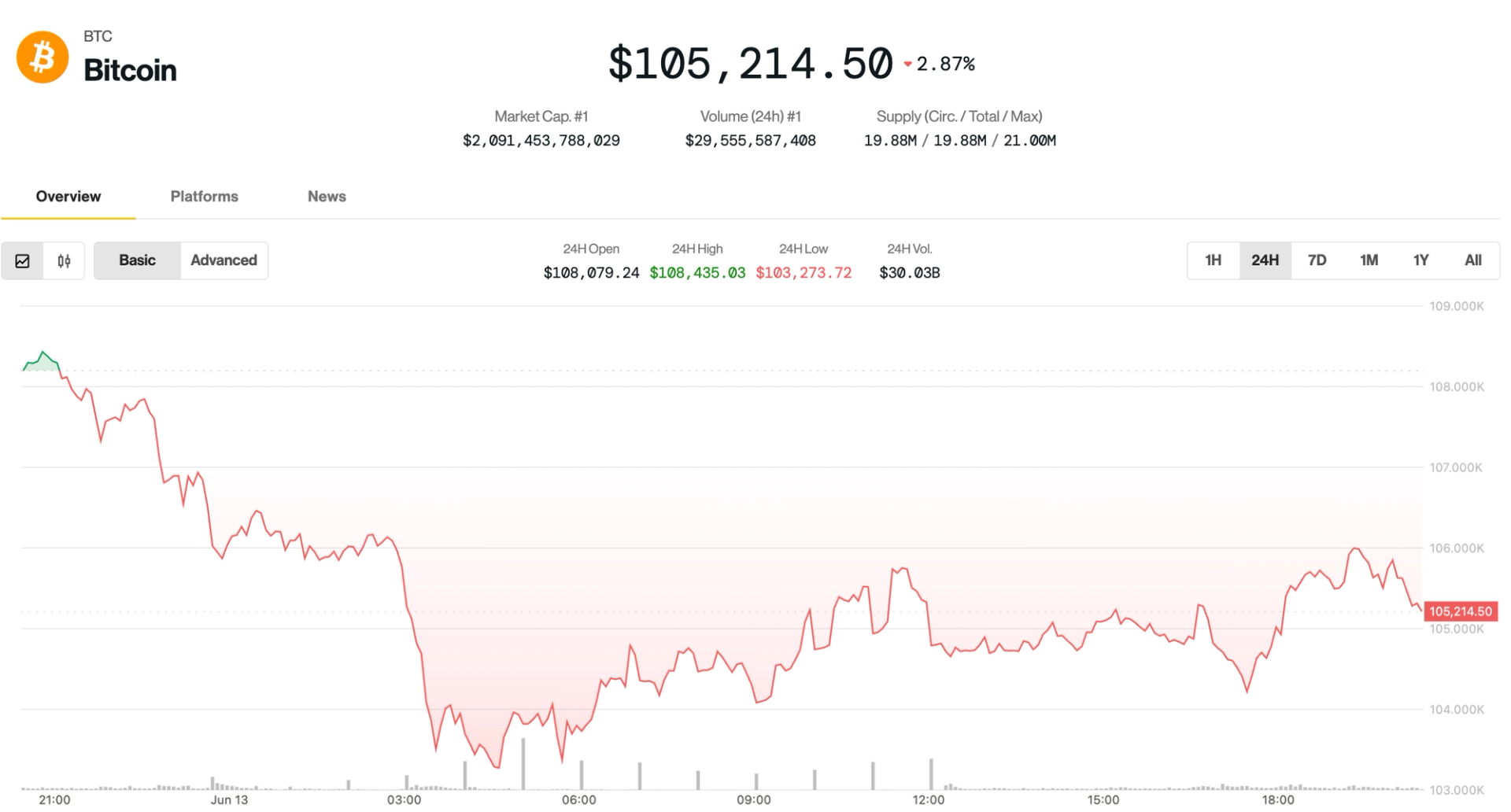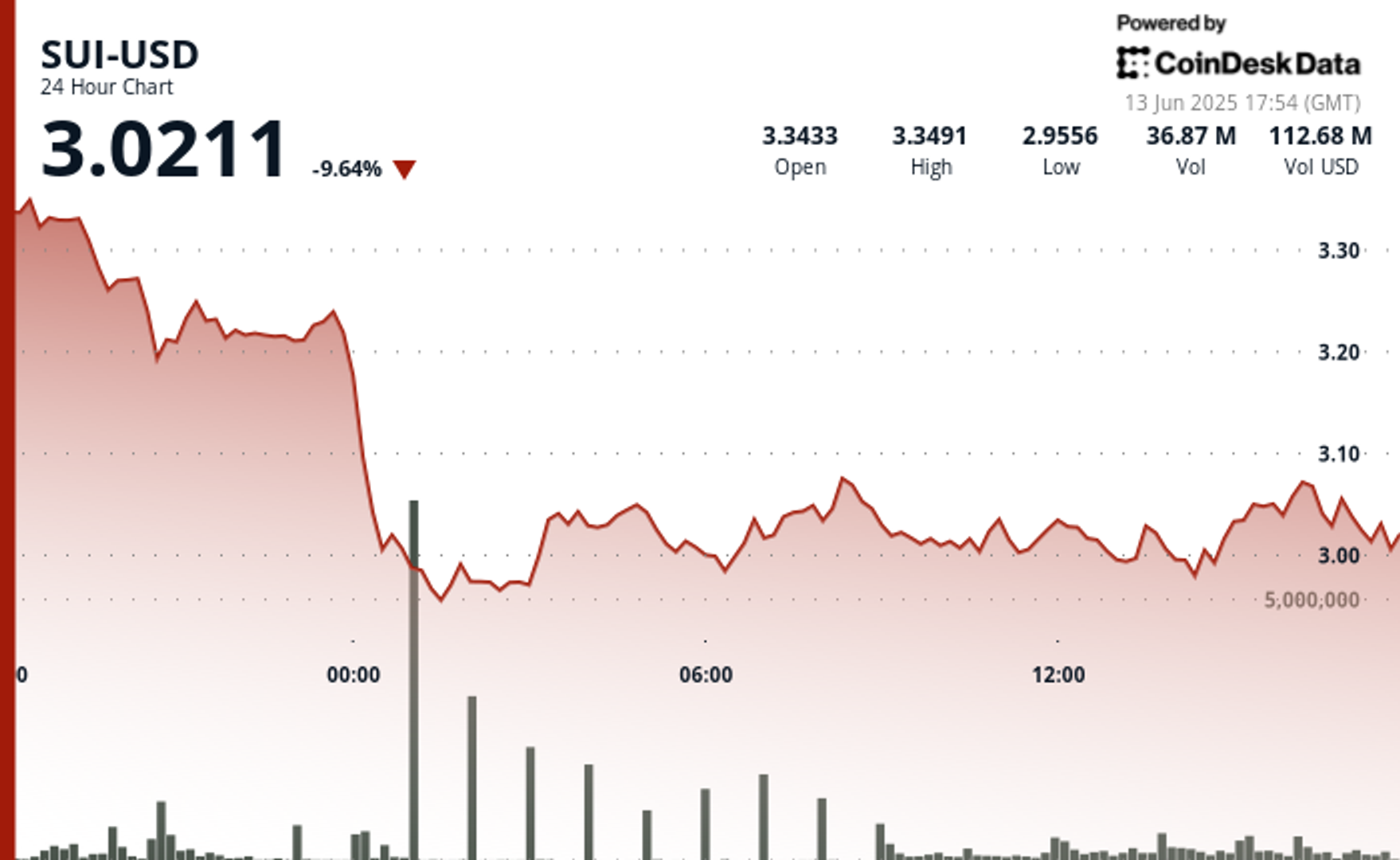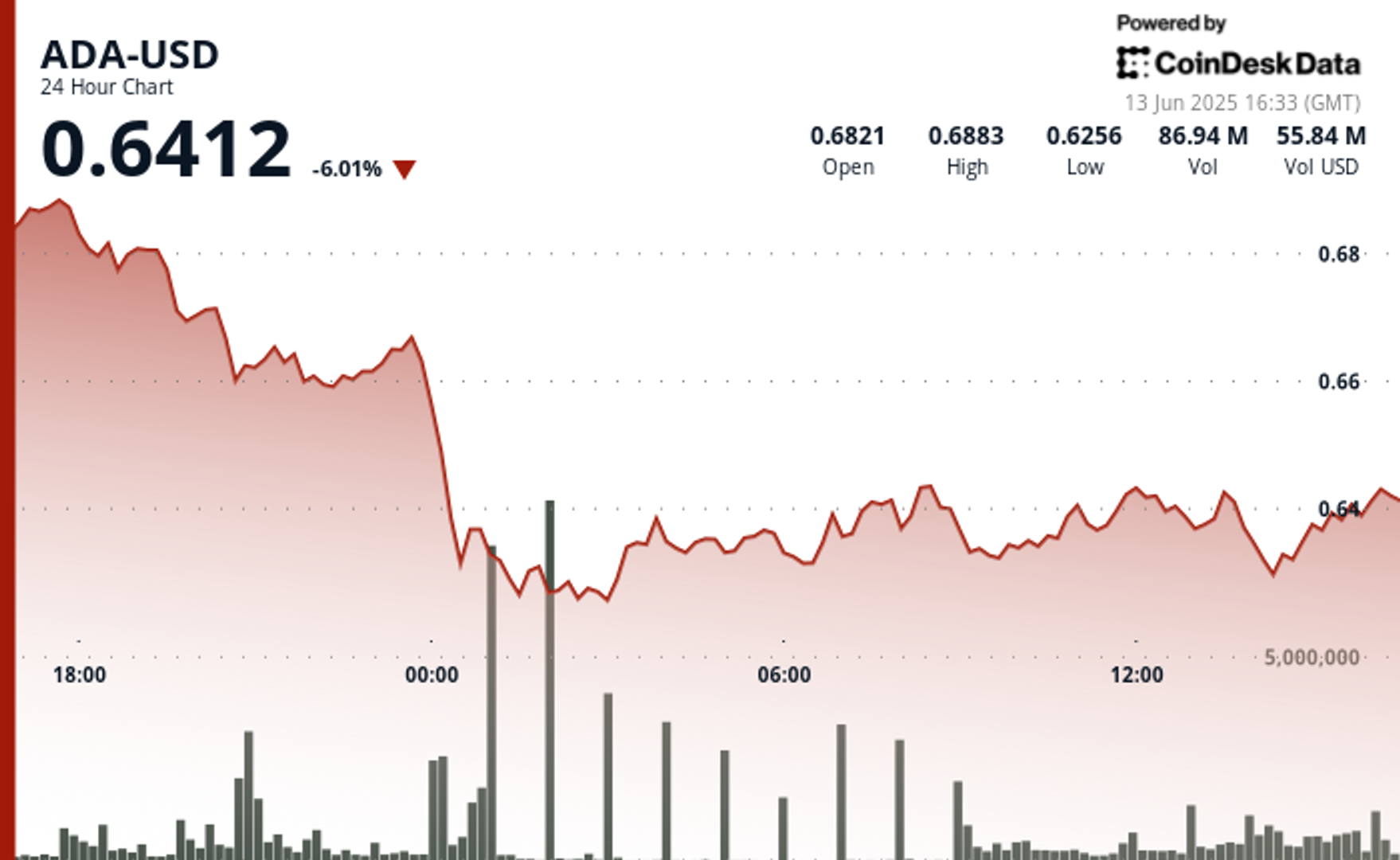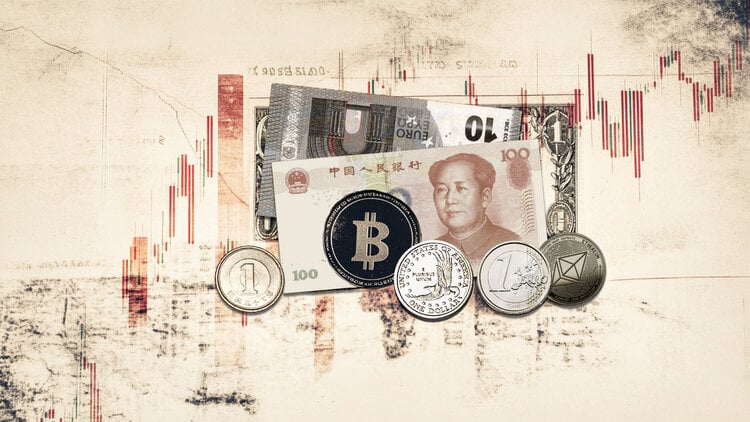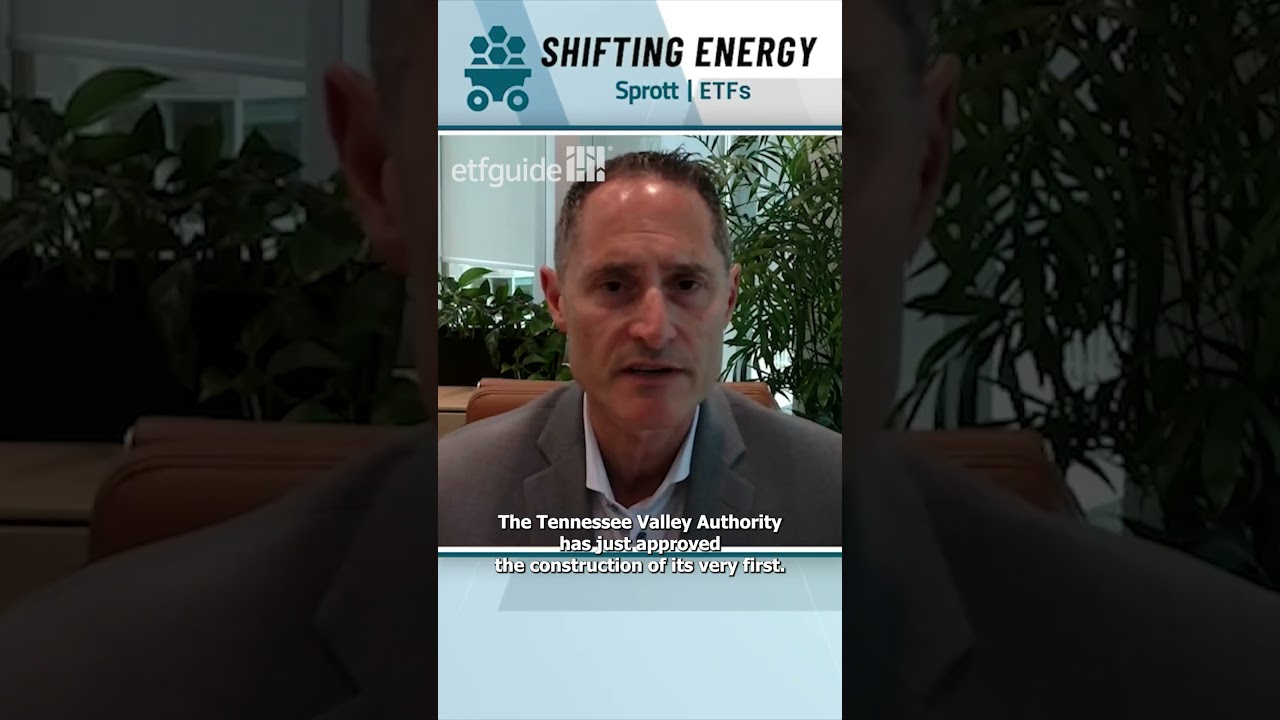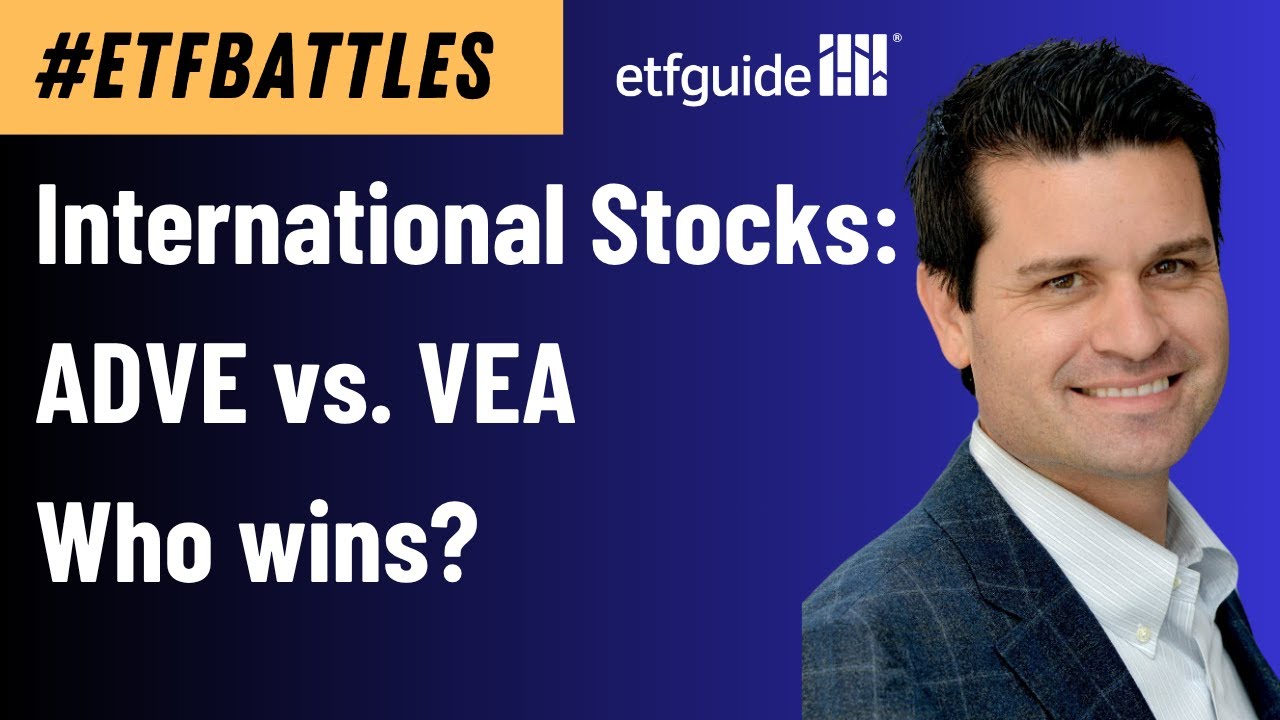I’m Considering Investing $1 Million in QQQI
Why diversify when you can just take your life’s savings and “YOLO” (You Only Live Once) it all into a high-yield exchange traded fund (ETF)? For me and possibly for you, that’s literally the million-dollar question in a time when some funds offer gigantic dividend yields. Let me add more color to the context here. […] The post I’m Considering Investing $1 Million in QQQI appeared first on 24/7 Wall St..

Key Points
-
It’s tempting to go all-in with a massive allocation into the ultra-high-yield QQQI ETF.
-
However, proper risk adjustment is warranted with QQQI and there are several ways to achieve this.
-
Are you ahead, or behind on retirement? SmartAsset’s free tool can match you with a financial advisor in minutes to help you answer that today. Each advisor has been carefully vetted, and must act in your best interests. Don’t waste another minute; get started by clicking here.(Sponsor)
Why diversify when you can just take your life’s savings and “YOLO” (You Only Live Once) it all into a high-yield exchange traded fund (ETF)? For me and possibly for you, that’s literally the million-dollar question in a time when some funds offer gigantic dividend yields.
Let me add more color to the context here. Imagine that you have $2.5 million to invest and you’re hungry for more dividends. In that scenario, $1 million wouldn’t constitute your entire savings, but it’s still a big chunk and an ultra-high-yield ETF could put a lot of cash into your account.
On the other hand, there’s no free lunch in the markets and even a high-conviction income ETF can have potential drawbacks. When all is said and done, it’s prudent to take precautionary measure before diving headfirst into a $1 million fast-income “YOLO” trade.
Big Payouts, Month After Month
If you’re like me, you enjoy seeing large cash payments show up in your account. The more often these payments arrive, the better, as every cash distribution is an opportunity to reinvest into more shares and leverage the compounding effect.
This hints at one of the features that makes the NEOS NASDAQ-100 High Income ETF (NASDAQ:QQQI) so attractive to passive income investors. Instead of the typical quarterly payouts, this fund pays a cash dividend every month.
Furthermore, the NEOS NASDAQ-100 High Income ETF offers a huge distribution rate (which is effectively the same as an annualized dividend yield) of 15.35%. Even among the slew of high-yield funds out there, QQQI’s yield is particularly impressive.
Take note, however, that the NEOS NASDAQ-100 High Income ETF automatically deducts an expense ratio, or an annualized management fee, from the fund’s share price. The QQQI ETF’s expense ratio is 0.68% per year, which isn’t exorbitant in comparison to the fund’s hefty distribution rate.
How does the NEOS NASDAQ-100 High Income ETF generate the cash to pay the shareholders every month? First of all, the fund invests in around 100 stocks in the technology-focused NASDAQ 100 index.
You’ll find plenty of high-momentum tech-market winners in the QQQI ETF’s holdings. These include Amazon (NADAQ:AMZN), Apple (NASDAQ:AAPL), Broadcom (NASDAQ:AVGO), NVIDIA (NASDAQ:NVDA), and Meta Platforms (NASDAQ:META).
This is one of the main reasons I would seriously consider putting a cool $1 million into the NEOS NASDAQ-100 High Income ETF. There’s the potential for powerful share-price appreciation because the fund invests in technology leaders.
Besides, I can achieve instant diversification because the NEOS NASDAQ-100 High Income ETF invests in many stocks, not just one. In addition, the fund uses a call option writing (selling) strategy to generate even more income; this extra income source enables QQQI to maintain its supersized distribution rate.
All-in on QQQI? Not so Fast!
Right now, you might be tempted to plow a large amount of investable capital into the NEOS NASDAQ-100 High Income ETF. Hold your horses, though, as the QQQI ETF isn’t just a wellspring of free money.
The prospectus for the NEOS NASDAQ-100 High Income ETF mentions a number of risks. There’s sector risk because so many of the stocks within QQQI are in the technology sector.
If the tech sector experiences a steep drawdown, the share price of the NEOS NASDAQ-100 High Income ETF could fall fast. Along with that, the fund’s annual distribution rate could get cut.
Moreover, the prospectus mentions the risks associated with options trading, Since the NEOS NASDAQ-100 High Income ETF generates income from writing calls, the shareholders’ net profits could be limited and the possibility of financial loss is always present.
On top of all that, there may be tax risks associated with the NEOS NASDAQ-100 High Income ETF because it invests in derivatives (and more specifically, options). As the fund’s prospectus explains, “The federal income tax treatment of a derivative may not be as favorable as a direct investment in an underlying asset.” So, that’s another possible problem to keep in mind.
Investing $1 Million in QQQI: Smart Strategies
These risks don’t mean you and I can’t invest $1 million in the NEOS NASDAQ-100 High Income ETF. They only mean that such a large and risk-prone investment must be done with proper precautions.
There’s no need to throw the entire $1 million into QQQI at once. Instead, it’s wise to “scale into” your position. I’m choosing to purchase a few shares (let’s say $5,000 worth) of the NEOS NASDAQ-100 High Income ETF every month while also reinvesting the cash distributions.
Second, I’m employing an exit strategy. Every three months, I will re-evaluate my profit-and-loss profile with the NEOS NASDAQ-100 High Income ETF. If I’m consistently losing more money than I’m making, I’ll simply cash out my shares before a bad investment gets worse.
Another strategy that you and I can use is diversification among ETFs. Sure, the NEOS NASDAQ-100 High Income ETF is already diversified across many stocks, but they’re mainly stocks in the same sector.
Consequently, it makes sense to diversify into more than one ETF instead of wagering the entire $1 million on QQQI. I’m thinking of allocating $250,000 toward the NEOS NASDAQ-100 High Income ETF and the other $750,000 into a balanced mix of other diversified dividend-paying funds. Some examples of these funds include the NEOS S&P 500 High Income ETF (BATS:SPYI), the Schwab U.S. Dividend Equity ETF (NYSEARCA:SCHD), and the Amplify CWP Enhanced Dividend Income ETF (NYSEARCA:DIVO).
Finally, I intend to monitor the performance of the NEOS NASDAQ-100 High Income ETF and adjust my strategy accordingly. With a prudent approach and an exit plan firmly in place, it just might be possible to mint more money with $1 million invested in QQQI.
The post I’m Considering Investing $1 Million in QQQI appeared first on 24/7 Wall St..






